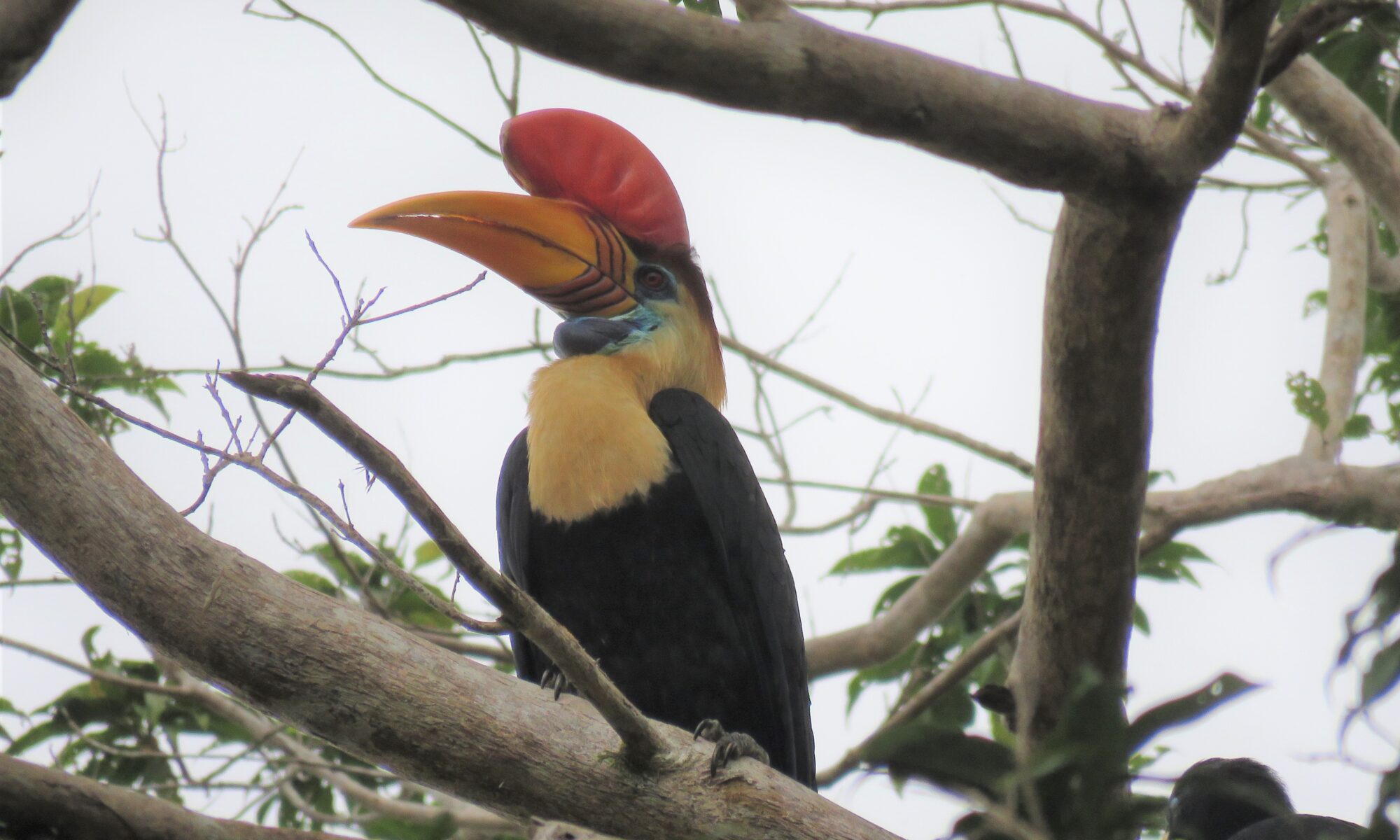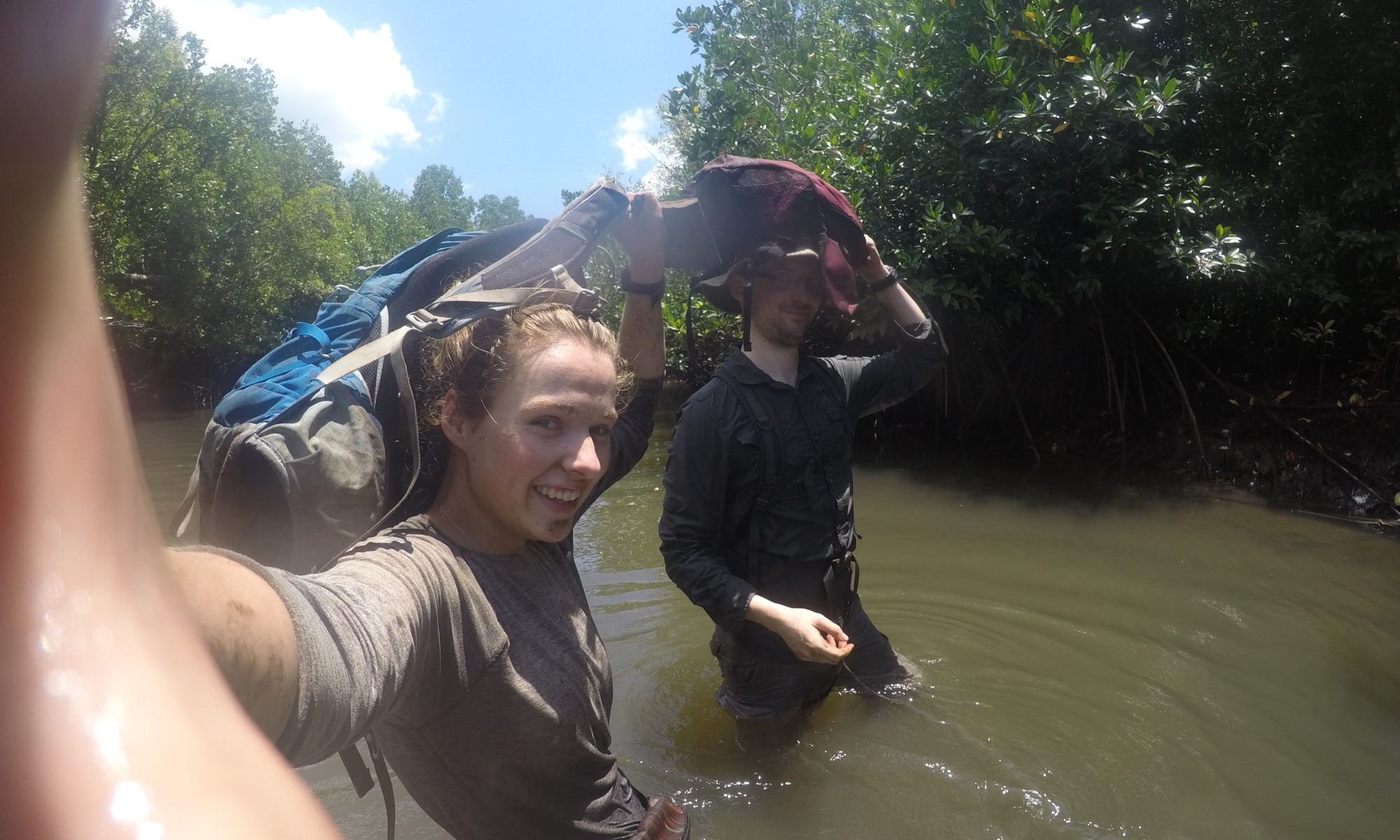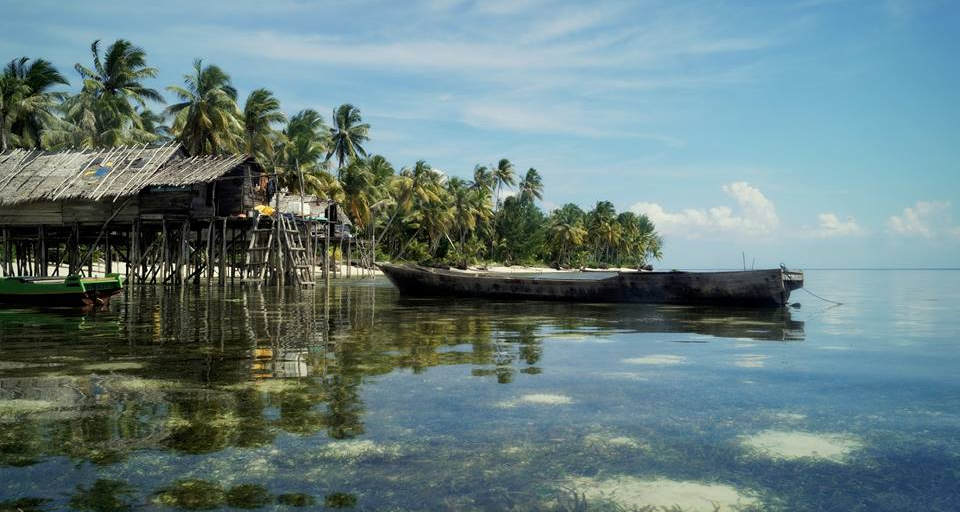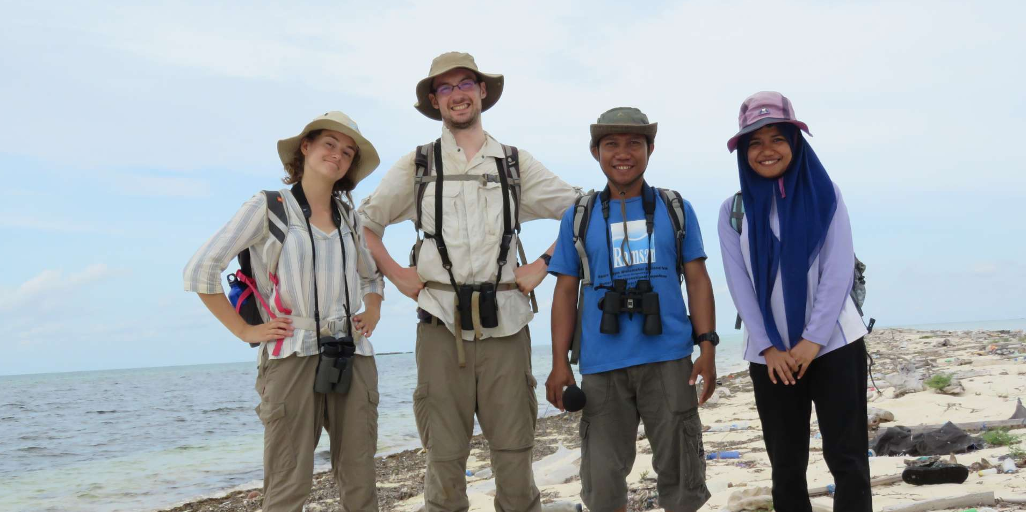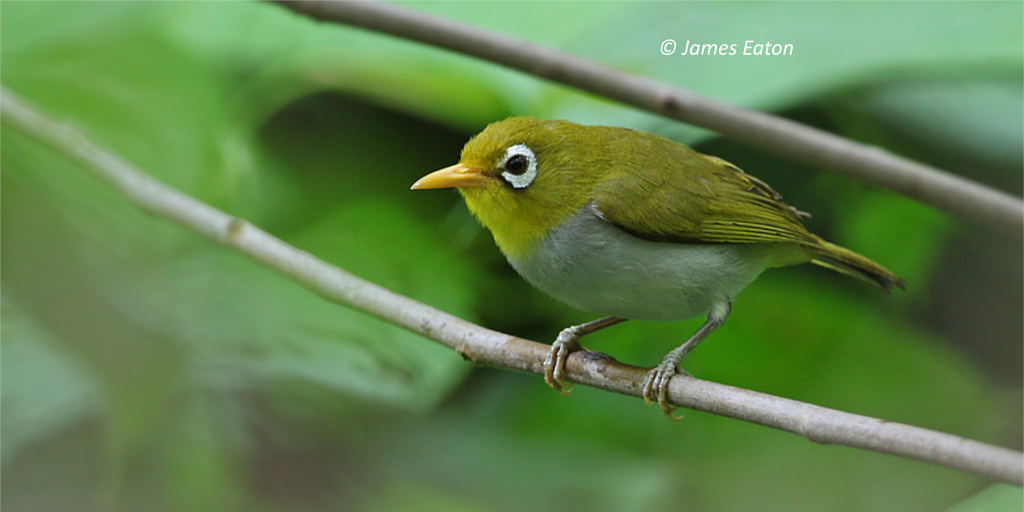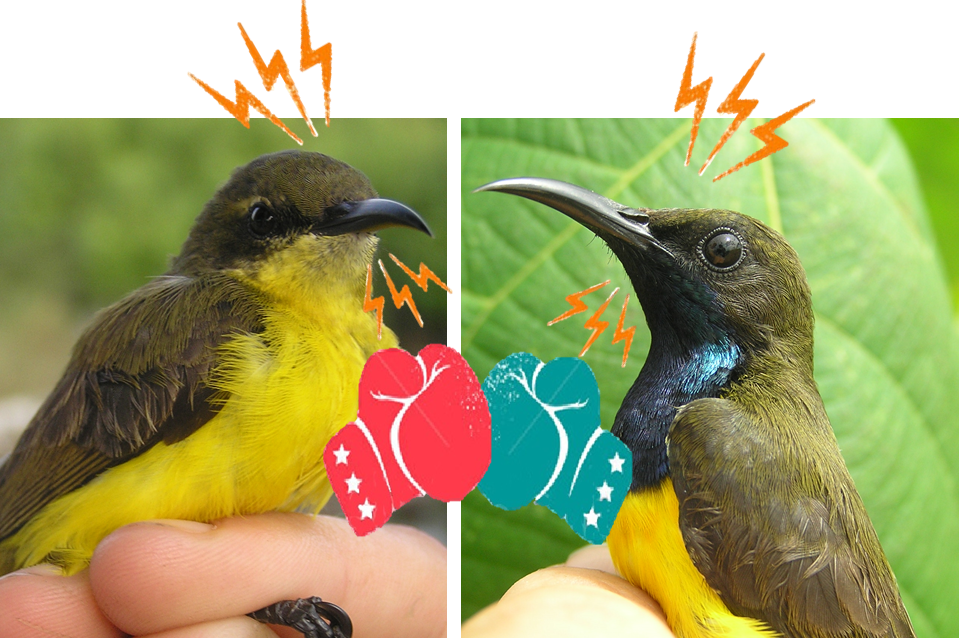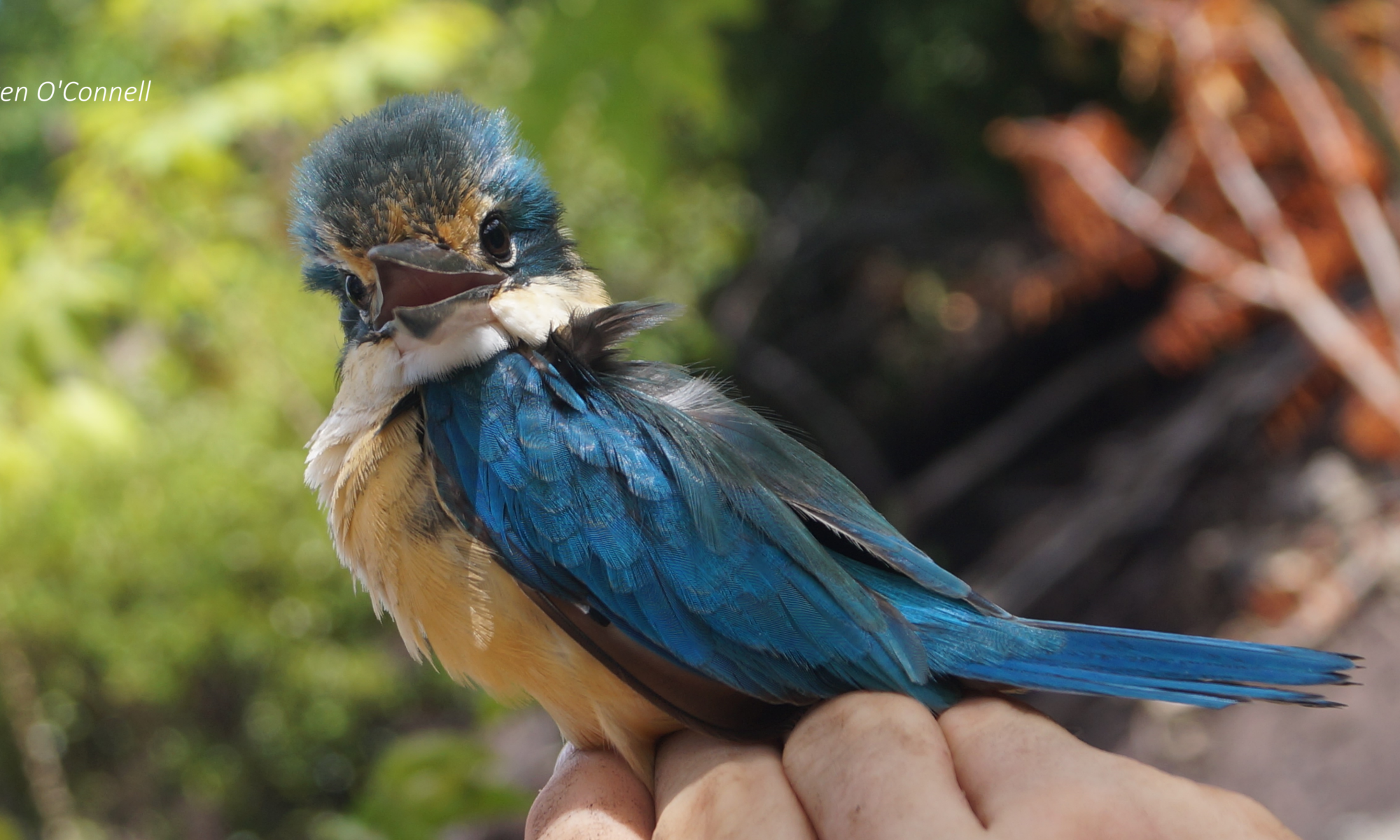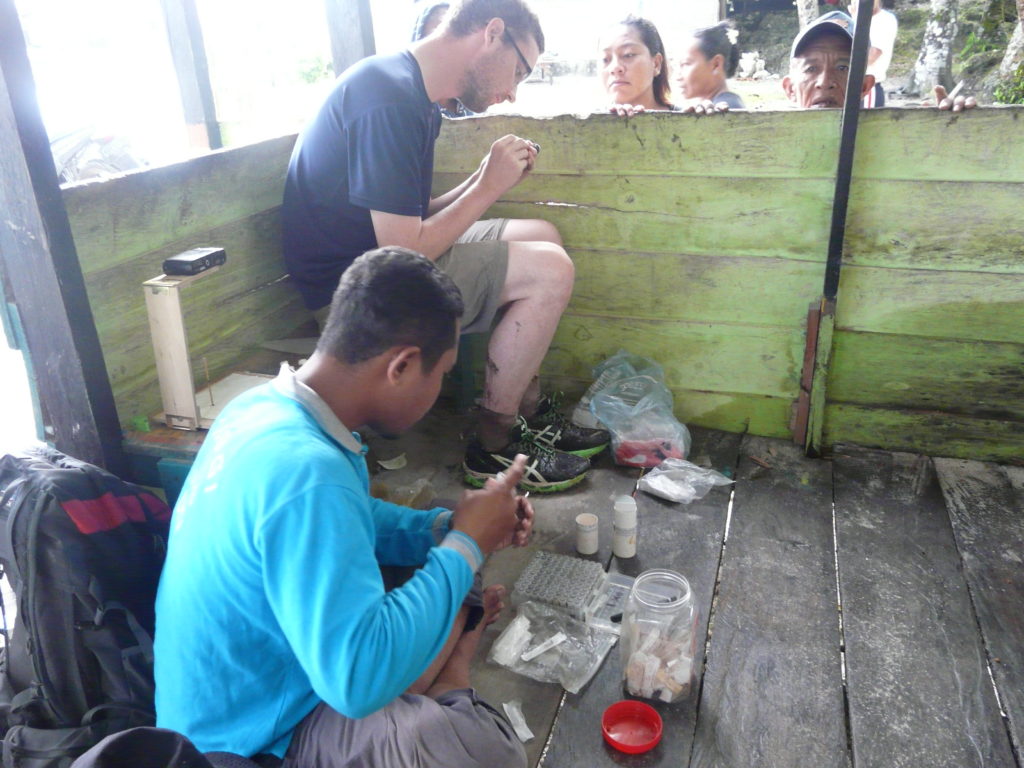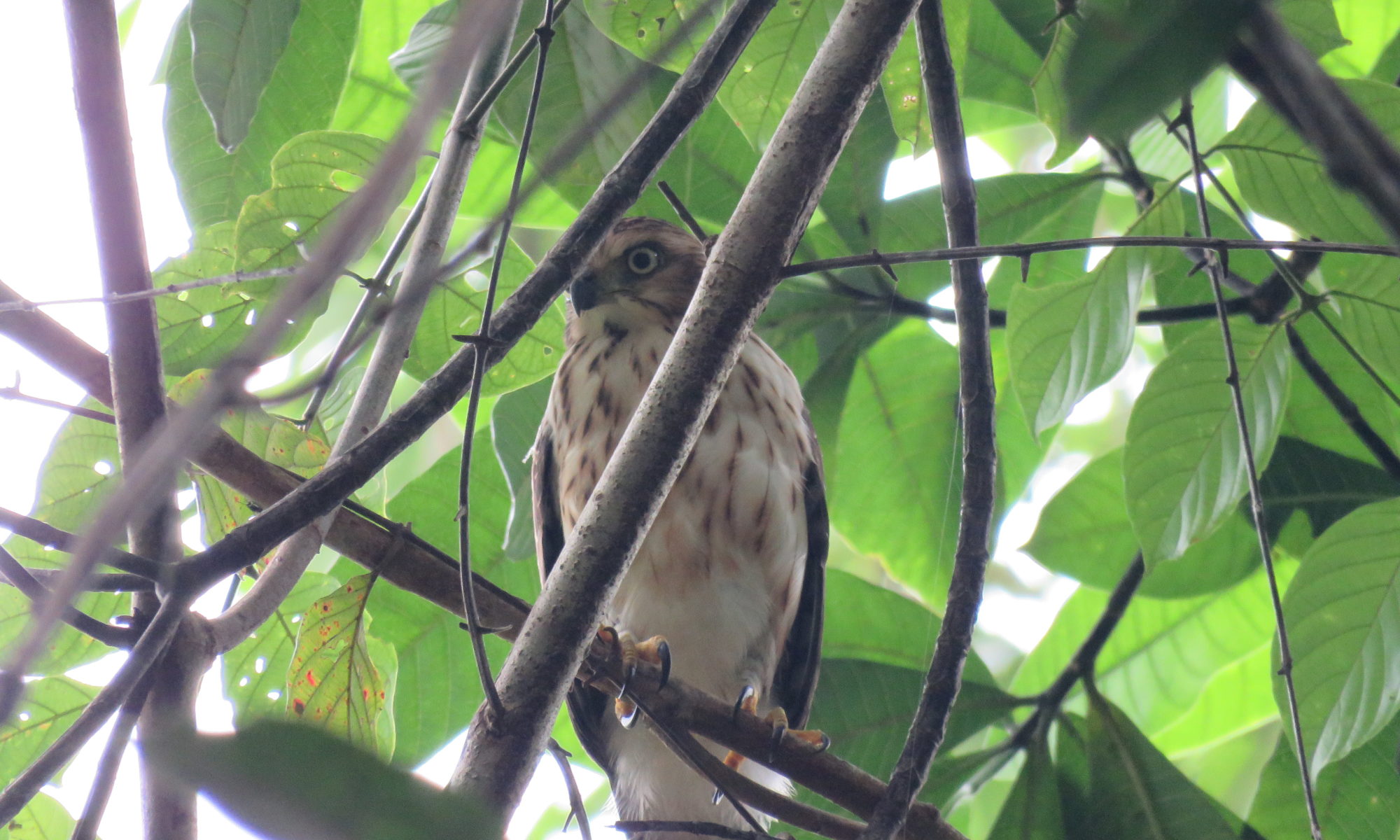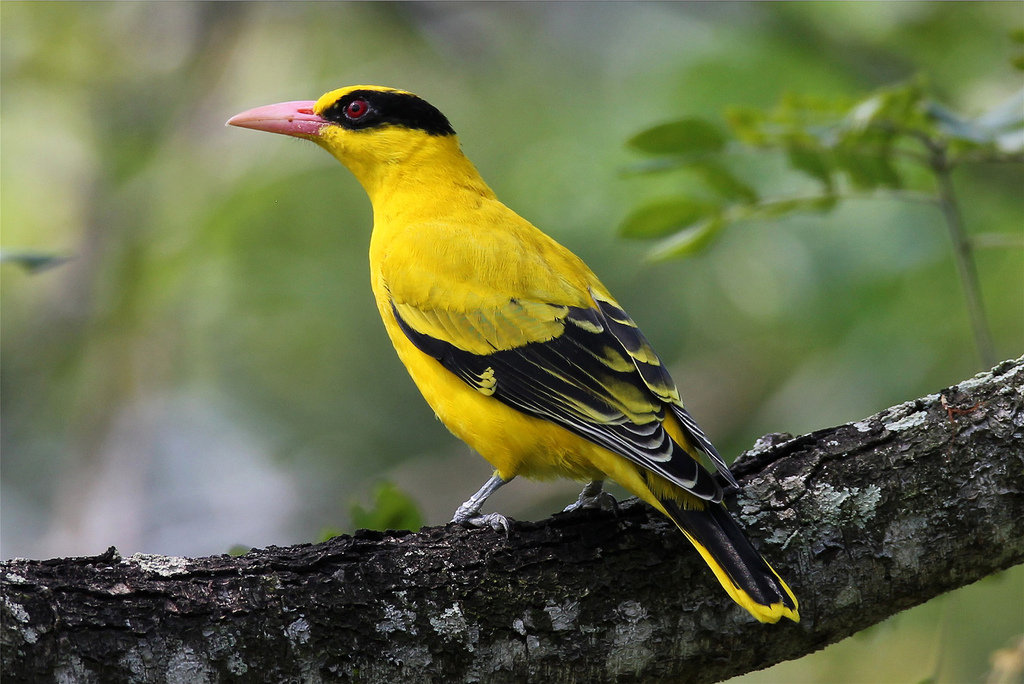Working on the avifauna of the Wakatobi Islands was an opportunity to follow in the footsteps of some great ornithologists and biogeographers, out to a remote string of islands off South-east Sulawesi, Indonesia. The Wakatobis have always sat in glorious isolation, they’re a coral uplift which formed upon a platform of Australasian origin and have never been connected to mainland Sulawesi. This isolation has meant these islands are home to a unique mix of species, and have been largely understudied.
Until recently, knowledge of the islands’ biodiversity came solely from a brief visit at the beginning of the 20th century by specimen collector Heinrich Kühn. This trip provided some important museum specimens and hinted at a potential hotspot of new species on theses islands, but no subsequent visits were made, and the Wakatobi Islands largely remained a mystery to science. Then in 1999, teams of researchers from Trinity College Dublin, Halu Oleo University and Operation Wallacea, led by my PhD supervisors Prof Nicola Marples and Dr David Kelly, began a series of eight research expeditions which aimed to investigate this potential trove of unique biodiversity. In our recent paper in the Raffles Bulletin of Zoology we summarise 20 years of remarkable work by Prof Marples, Dr Kelly and others, recording 100 bird species for the islands, highlight recently described species, and discuss the threats facing the resident Critically Endangered species.
Continue reading “The remarkable bird life of the Wakatobi Islands, SE Sulawesi: hidden endemism and threatened populations”

